What to eat ISRAEL 🇮🇱 Falafel
More than anything, the fact that the Zionist philosophy that gave life to the state of Israel was a socialist project means the food fight today is over falafel instead of say maqluba or more bourgie Ottoman Syrian dishes.
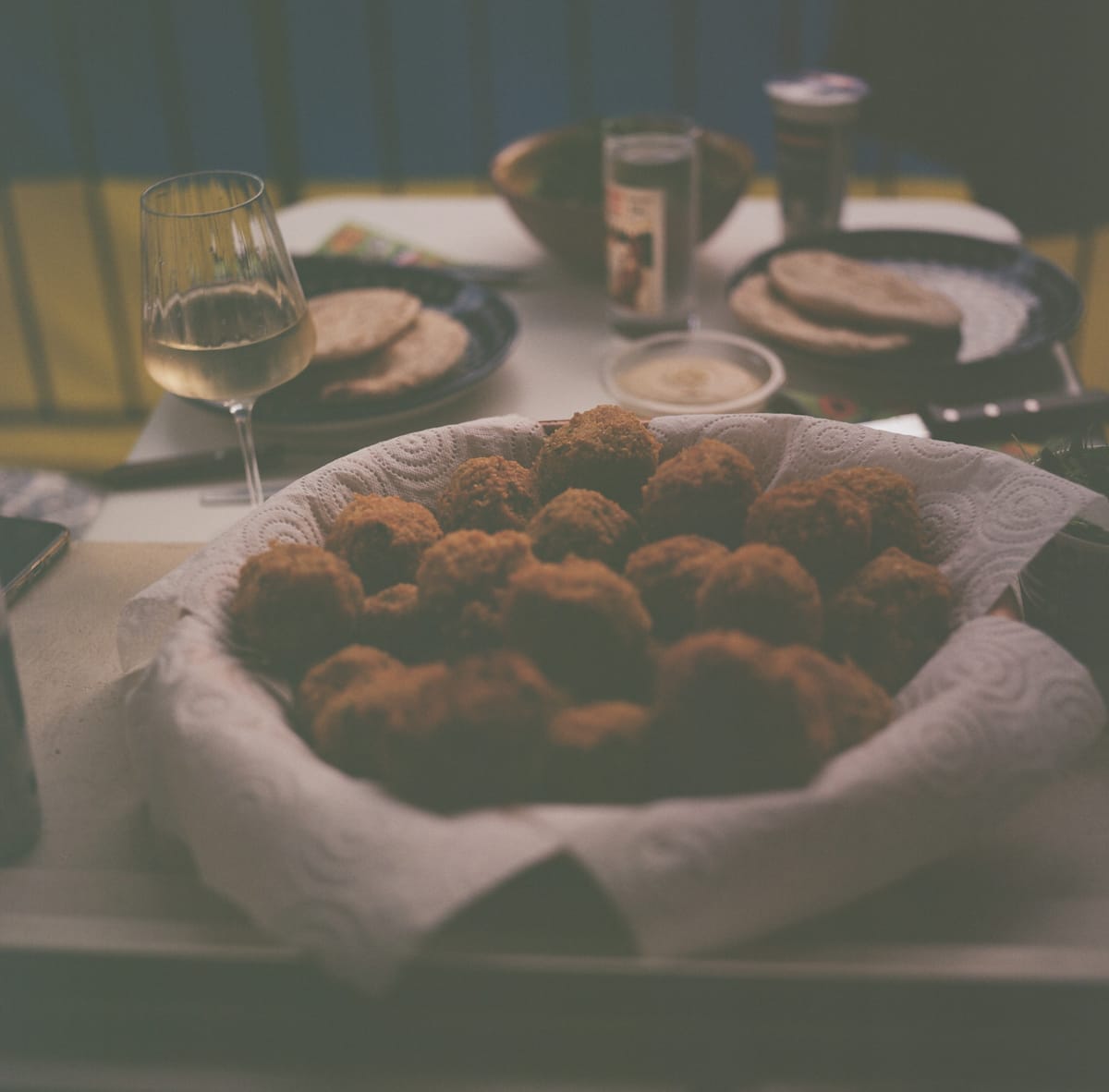
Falafel
Published December 20, 2024 · by Amanda Rivkin Häsler
Few national dishes are as sensitive or spark as much controversy and discussion as the Israeli adaptation (and some culinary hard liners would argue cooption or even cultural appropriation) of this staple of Middle Eastern-street food into Israeli cuisine, where it is often feted as a national dish.
Israel is by all accounts a young nation, albeit one that is buttressed by ancient, Biblical claims in the minds of the population and those who support the state of Israel. But as a nation-state, it entered the game kind of late.
Many empires disintegrated in the nineteenth and early twentieth century. New nations were formed in the ashes of the Austro-Hungarian Empire, the Prussian Empire, the Russian Empire and perhaps the two most relevant to the current conflict over Israel and Palestine: the Ottoman Empire and the British Empire.
The Russian Empire disintegrated first and then reconstituted itself as the Soviet Empire. This delayed the transformation other empires have undertaken in the modern world with the refashioning of the old into the modern structures of a new nation state. Beginning in the early twentieth century with Russia’s imperial decay and revolution and continuing in the late Soviet period and after, Jews began fleeing antisemitism in Russia, the countries it had occupied and even its so-called satellites for countries around the world, including Israel.
It is the conglomeration of the failure of these old-world empires that gave us Israel. The nation was initially born very much out of the tragedy of the Holocaust in Europe, though early Zionists began putting down roots prior to World War II and the Molotov-Ribbentrop Pact of August 23, 1939.
Prior to this, Theodore Herzl, an Austrian-Jewish journalist, laid the foundations for what would become the state of Israel when he convened the First Zionist Congress in Basel, Switzerland in 1897. Yes, one of the world’s most intractable conflicts in the world today came from an idea that first gathered steam in neutral Switzerland. Imagine.
The attempt at the wholesale annihilation of European Jews on an industrial scale was what really gave impetus to the perceived need for a Jewish homeland and breathed life into Herzl’s vision. The Holocaust after all was a consequence of rampant antisemitism that has existed for millennia and not just in Europe. And after it was over, the vow “never again” sort of meant something for a time, at least insofar as the world felt it owed the Jewish people something after the slaughter of six million in Europe – it was just not to be in Europe.
From the ashes of the six million, though – many died not only at Auschwitz, but by gunshots in woodlands, rivers, urban landscapes and ditches across Eastern and Western Europe as well in this Nazi invention of gas chambers – just one million were left by the end of the war. Author David Nasaw has termed them, as the title of his book is called, The Last Million. The last million did not all end up in Israel, but enough did. There, they were joined by Jews in Arab lands and elsewhere tired of living life as minorities at the mercy of leaders and local populations that were often not so merciful.
But back to falafel. People can share foods, experiences, conflicts and ancient hatreds. And people can adapt and adopt to new climates, cultures and politics. The food fight over falafel, as to whether it is Israeli or Palestinian, is actually more interesting if one considers it is likely neither originally. The dish appears to be Egyptian in origins, where it is made from fava or broad beans, not chickpeas, and known locally as ta’amiya.
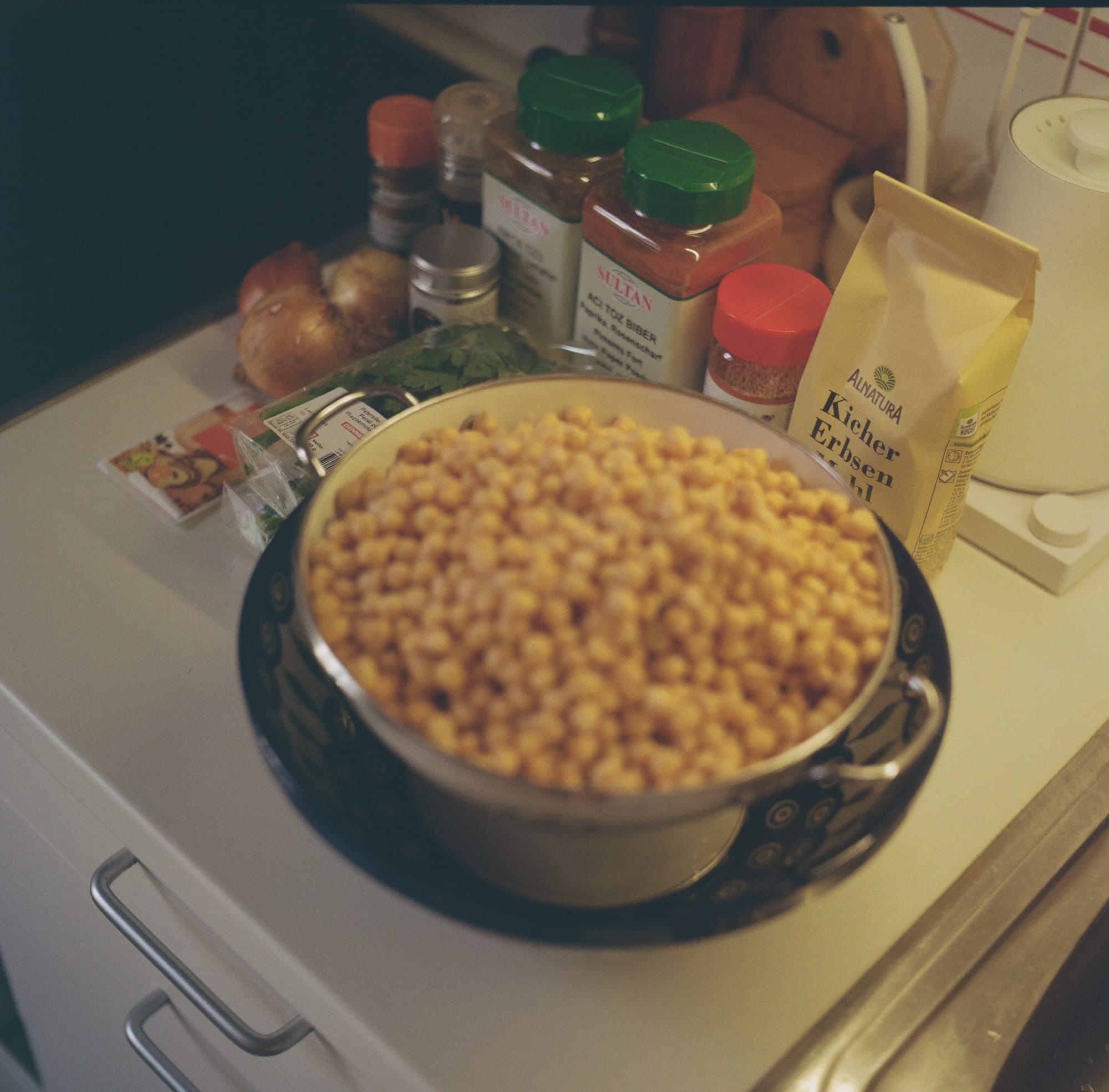
To make falafel, chickpeas are soaked overnight before being ground together with other ingredients including parsley, scallions and garlic. Spices such as cumin and coriander are often added for flavor. The mixture is then shaped into balls or thick, disk-like patties which are then often deep-fried, sometimes baked. Occasionally sesame seeds are added to the exterior before the dough is fried. Often served in pita or a flatbread known as taboon, falafel may be consumed alone or as part of a meze tray. Additional condiments may be added to the pita depending on local flavors where it is consumed.
It is popular as a dish across the Middle East. In Israel and Palestine, falafel is traditionally made from chickpeas. In Egypt, the fava or broad bean tradition holds. In Jordan, Lebanon and Syria, falafel is often made from a combination of the two types of beans.
In Arabic, falafel is the plural of the word filfil, meaning pepper, which is itself borrowed from the Persian word felfel, a word that itself is a cognate of the Sanskrit pippali, meaning long pepper. Before this, Aramaic used the word falfal to mean small round thing, a peppercorn, which is derived from the word palpel, which means to be round, roll.
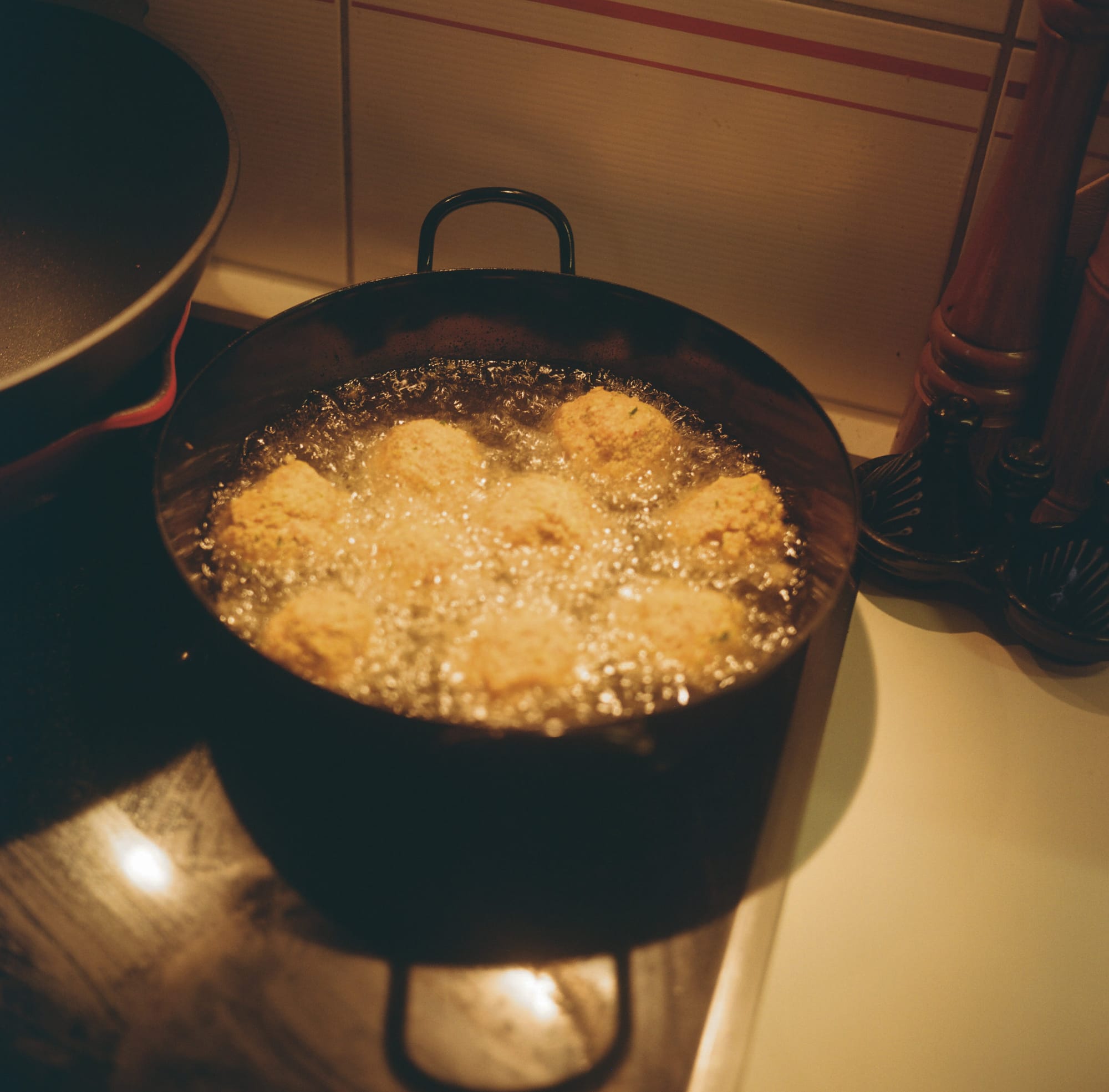
Nowadays, the name falafel is used internationally to refer to the fried balls of minced beans themselves or the entire sandwich with pita and condiments. It may be branded differently according to the nation of origin of those making or consuming it. At a London contest for local chefs in that international city nearly a decade ago, the newspaper The Guardian sides with the local Egyptian-British chefs as far as who made it best.
There is also speculation that the dish may have migrated across the Levant and later to the wider Middle East and eventually the world via the port city of Alexandria where it became popular in Beirut and mandate era Palestine in the mid-1930s. Others have speculated that it dates back to Pharaonic times in Egypt, though this seems highly unlikely given the high cost of cooking oil in ancient Egypt.
While the precise origins of falafel are uncertain, the earliest written reference to falafel appears in Egyptian literature only after British occupation in 1882, according to Shaul Stampfer of Hebrew University. One lesser-known narrative suggests that British officers in Egypt developed a taste for fried vegetable croquettes in India. While scant proof is offered, it is not implausible that the food may have migrated with them as vada and bonda are Indian dishes crafted in a similar fashion.
Stampfer cites a Jewish connection to Kerala Jews who in the 1900s were making something called parippu vada or filowri with green peas that he describes as “strikingly similar to falafel.” This may be as much a coincidence than anything, though, and certainly a new ancient by modern times way to connect the Middle Eastern dish to the Jewish diaspora worldwide.
British ties to what the Brits referred to as the Mandate of Palestine began informally in 1917 with the Balfour Declaration. This document came in the form of a letter to Lord Rothschild issued by the British Foreign Secretary Arthur Balfour during World War I. It was published as a public statement in November that year acknowledging support for a “national home for the Jewish people” in Palestine.
As was fashion at the time, one empire’s disintegration meant other surviving empires could pick from the scraps of territories and decide what to make of them. Palestine was a region of Ottoman Syria in what was the disintegrating Ottoman Empire with a Jewish minority present. In 1920, the British effectively took over control of the territory with the collapse of the Ottoman Empire.
Similarly, another vexing document that continues to haunt the Middle East and remains an impetus for bloodshed to this day is the Sykes-Picot Treaty. This documented divided Ottoman Syria between the French and the British, carving out Palestine for British control. Hence, Mandate Palestine and the beginning of large-scale Jewish immigration to the then British territory from Europe between wars.
Stampfer notes, “The falafel combination that developed in Eretz Israel during the Mandate era was totally novel, both for the Jewish population as a whole and even more so for the Eastern European immigrants who constituted the majority of Jews at that time.” The dish fit a certain desire of the new Jewish arrivals to show that they were “not in the old country.”
Falafel also fit the political landscape as many of the Jewish European arrivals were socialists. Street food symbolized a “rejection of European middle-class values that required a formal meal to be eaten in the house,” in Stampfer’s words.
Claudia Roden, née Douek, an Egyptian Jewish cookbook author of The Book of Jewish Food whose family is originally Syrian, concurs that the early Zionist arrivals were socialists who preferred humbled street foods over fancier dishes for ideological reasons. More than anything, the fact that the Zionist philosophy that gave life to the state of Israel was a socialist project means the food fight today is over falafel instead of say maqluba or more bourgie Ottoman Syrian dishes.

In Israel, the pita falafel sandwich was popularized in the years following Israel’s declaration of independence in 1948, though an October 19, 1939 article in the Palestine Post first mentioned the concept of falafel served in pita as street food, noting garnishes of tomatoes, lettuce and cucumbers topped with tahini sauce. By the time of Israel’s independence almost eight years later, falafel was still far from accepted as a national dish despite recipes extolling its virtues appearing regularly in publications like Haaretz.
There are several geopolitical and ideological reasons for falafel’s adaptation in the years after Israel became a state, and socialism is but one of them. First, the introduction of rationing known as tzena, meaning austerity, to accommodate an influx of new, broke (and often broken) immigrants in 1949. The second was an influx of Jews from Yemen, Turkey and North Africa that same year.
In 1948, Israel had only received 12,517 immigrants from these areas, accounting for just 12% of new arrivals that year. The following year, the number skyrocketed to 100,690 arriving from Muslim majority nations in the region as opposed to largely Christian postwar Europe. The difference meant there were suddenly waves of people who were already familiar with falafel, as it was common in these regions. As a result, falafel also shed its association as an Arab dish in the new nation.
The desire to shed the association of falafel with the Arab world is also of course political as well. The declaration of Israel’s independence was greeted with a declaration of war by the Arab states surrounding Israel. Independence and war also led to the forced displacement of Palestinians from their lands by the newly independent Israelis. Palestinians refer to their displacement as the Nakba, or catastrophe. It’s the start of the food fight over falafel – and far worse conflicts that last to this day.
The first Arab-Israeli War lasted from 1948-49 and made the Israeli government eager to encourage a distinct national identity. The Yemeni arrivals in particular started opening falafel stalls, something the government seized on to promote the dish as Yemenite and therefore Jewish, as opposed to Egyptian or Arab.
After that, falafel like so much else, became a contested battleground and yet another source of proxy conflict in what has evolved into a generational battle for identity. This much, Israeli and Palestinian authors can agree on.
By 1958, not only had the dish entered the national culinary lexicon, but so had a song dedicated to the national dish, namely Dan Almagor’s “Ve-Lahu Yesh Falafel,” meaning “And We Have Falafel”. The song was popularized by the singer Nissim Garame. By the 1960s, the nationalization (again detractors would argue appropriation) of falafel was complete and it was even being served aboard long haul flights on the national carrier El Al.
Reem Kassis, a Palestinian cookbook author of The Palestinian Table, has written perhaps most eloquently on the manner in The Washington Post in 2020 that “Beneath the veneer of enmity and indifference shown by many Jewish Israelites to Arab Palestinians, there is an ambivalent sense of admiration and emulation.”
By contrast, Stampfer, the Hebrew University professor, would counter, “For some, falafel has taken on the role of a national Palestinian dish – in a sense, a mirror image of the process among Jewish Israelis.”
Kassis also notes, “In many restaurants and cookbooks, Israelis have no problem including such items as ‘Yemeni schug,’ ‘Iraqi sabich’ or ‘Tunisian salad.’ But the absence of the word ‘Palestinian’ from their menus and books is a glaring omission.”
Though he may find some consensus there that bridges an otherwise seemingly irreconcilable divide. Yael Zerubavel, a scholar of Israeli culture at Rutgers University told The New York Times in 2002 that, “Politically, the Zionists ignored the Arabs, but culturally, they romanticized them and tried to imitate them.”
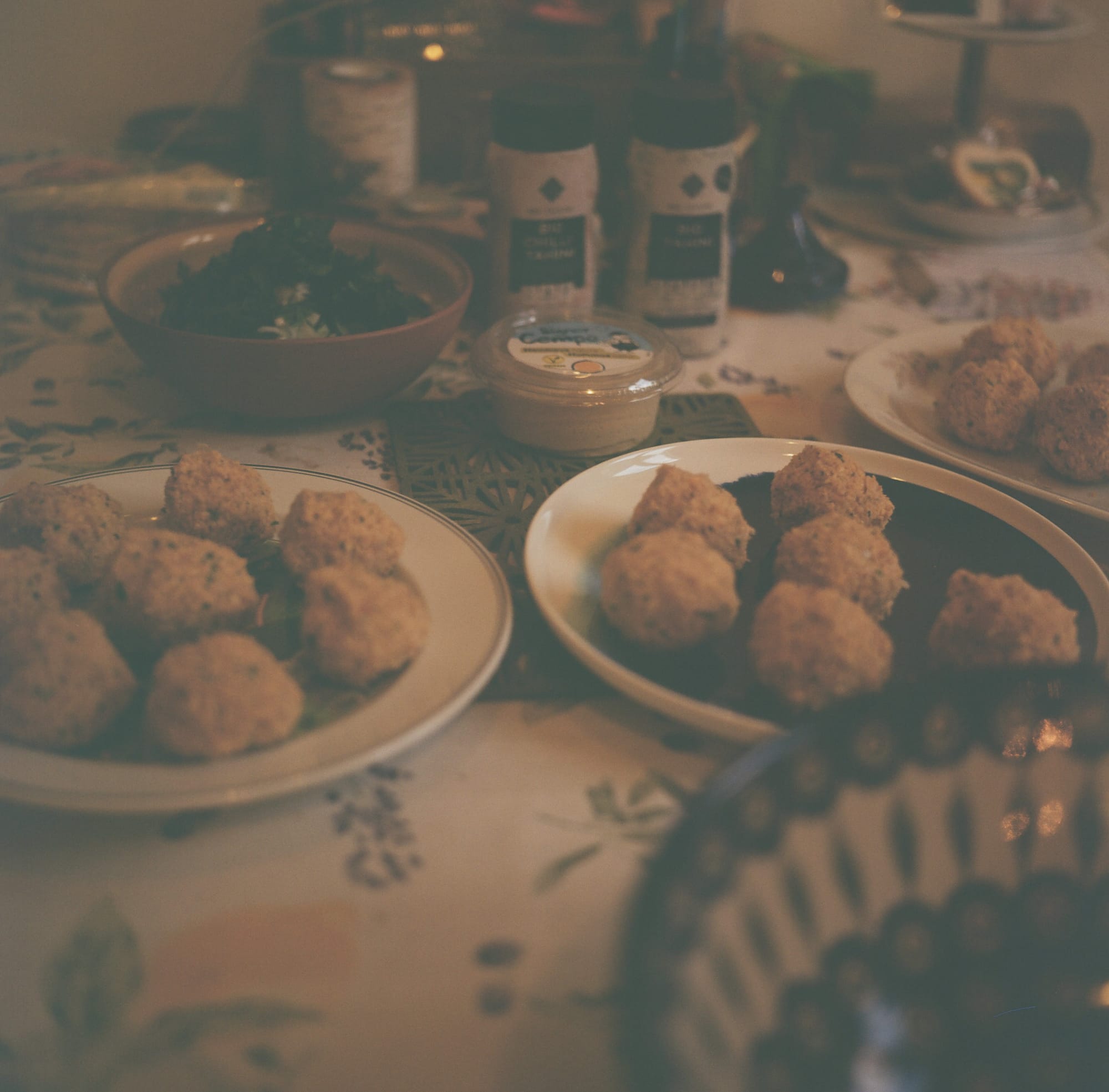
The owners of Falafel Queens, a chain in Israel, openly state they learned the art of falafel making from Palestinian women. They insist that in adding novel varieties like a red falafel consisting of jalapeno peppers that is served with roasted peppers, tomatoes and spicy yogurt sauce or an orange falafel made with sweet potatoes and accompanied by cabbage, honey and ginger tahini, they have crafted something truly Israeli in their view.
Dan Almagor, who wrote the lyrics for the Israeli song, “And We Have Falafel,” told The New York Times in 2002 that he “would write the same song today but with a line about the dish’s Arab origins.”
Ultimately, the idea that the dish is a matter of cultural appropriation rather than a proxy food fight in a conflict that has now spanned decades rests on the incorrect assumption that falafel was confined to one population or a hugely historical dish.
“The political problems that we have are real problems, and falafel and hummus are not the issues. The issues are human rights,” Stampfer of Hebrew University notes.
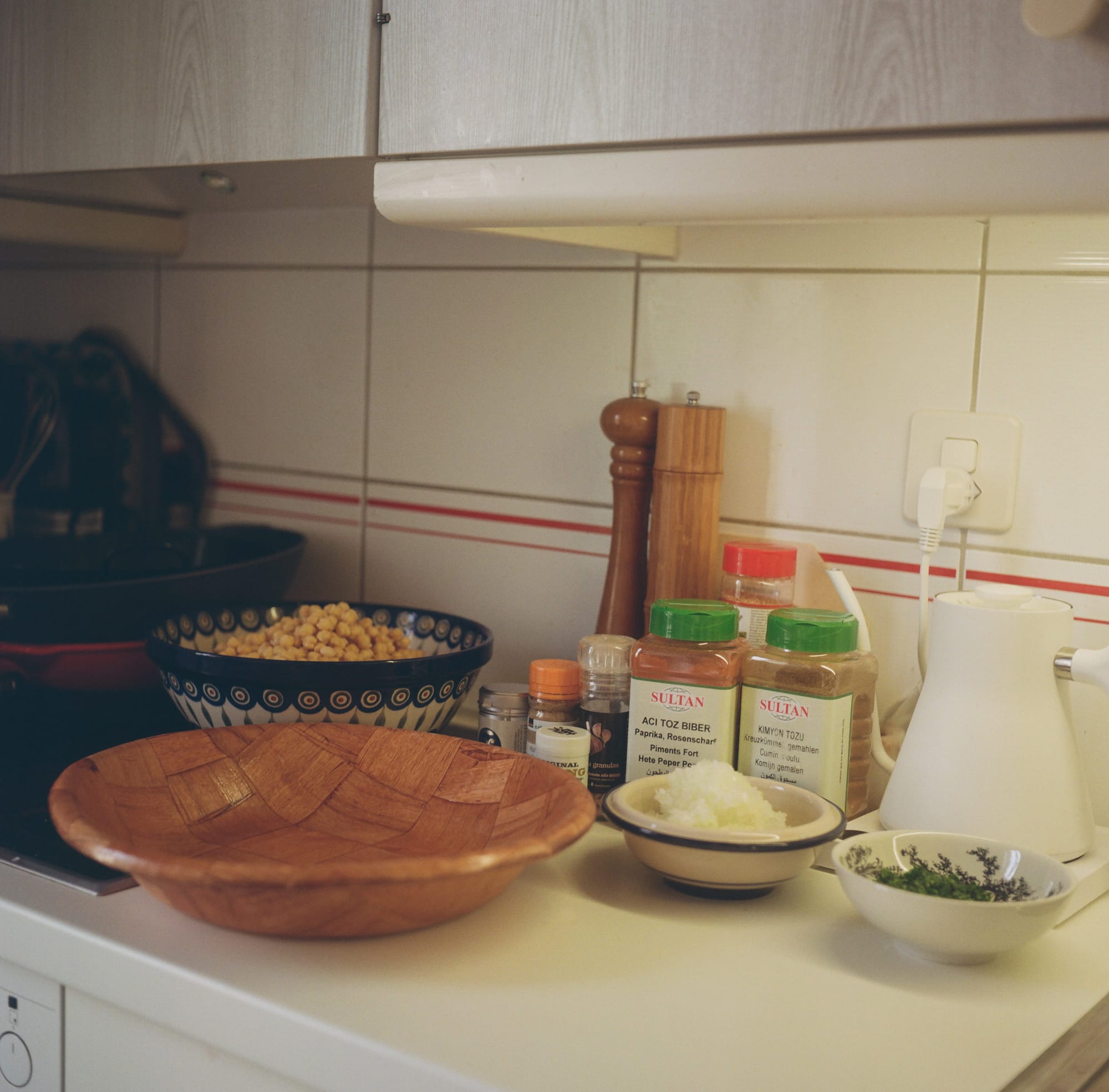
Recipe
Ingredients:
750 grams of dried garbanzo beans
Water for soaking the garbanzo beans
2 white onions
1 large shallot
10 grams of cilantro
10 grams of parsley
2 tablespoons cumin
2 tablespoons paprika
2 tablespoons toasted sesame seeds
1 tablespoon coriander
1 tablespoon all-spice
1 tablespoon zaatar
1 tablespoon garlic powder
1 tablespoon salt
15 grams of baking powder
2 tablespoons chick pea flour
Peanut oil or a neutral oil such as canola or sunflower seed oil
Step 1: Begin the day before you plan to serve falafel, preferably in the morning. Soak the dried garbanzo beans in water. Do not use canned garbanzo beans – or only if you must for speed and efficiency.
Step 2: Twenty-four hours later, drain the chick peas.
Step 3: Dice two large onions and a shallot finely. Combine and set aside.
Step 4: Remove the leaves from the cilantro and parsley and chop finely. Set aside.
Step 5: Use a food processor to mush the chickpeas. Do in rounds if the food processor is small. Blast for 30-45 seconds until coarse but not mushy.
Step 6: Add the onion and shallot mixture and the herbs mixture. Add remaining cumin, paprika, toasted sesame seeds, coriander, all-spice, zaatar, garlic powder, salt, baking powder, chickpea flour and combine.
Step 7: Cover with plastic and place in the refrigerator for 2-3 hours.
Step 8: Remove the falafel batter from the refrigerator. Use a handheld falafel maker or form your falafel balls.
Step 9: Fry in peanut oil three inches or so deep or a preferred neutral oil. Set on a paper towel after frying to absorb excess oil.
Step 10: Serve with tahini or in a pita with salad of cubed tomatoes and cucumbers, with a shmear of hummus and some lettuce topped with tahini sauce.
Tips, tricks and notes:
In lieu of a falafel maker, I tried the little cup that sits inside a percolator of an espresso machine and found it did not work and that forming the falafel balls with my hands was easier.
I also recommend a schnitzel pan for frying because of the high sides.
Falafel can keep for 1-2 days if refrigerated. To reheat turn oven to 175 degrees and place on baking tray. They are also nice cold.
Learn where to eat Israeli food in Switzerland.
Follow our social media pages @swissglobaldining on Instagram, TikTok and YouTube